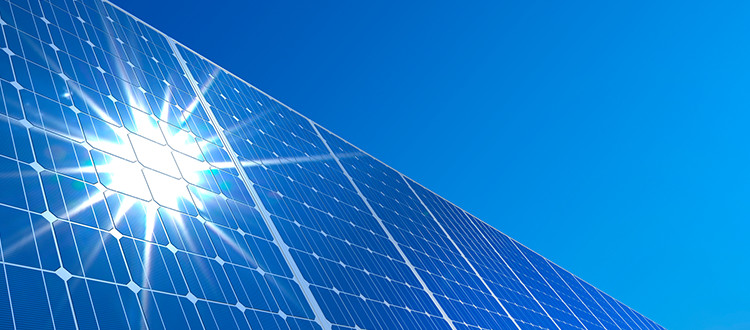Using Solar Energy To Lower Electricity Prices
Ways That Solar Energy Can Lower Electricity Prices
Whether you’re a homeowner, you run your own business, or you’re a property manager, you should always be looking at various means of saving money. This can be in the form of utilities or other operational costs around your home or building. Thanks to technological advances in the last decade, solar energy has become more accessible to those in both the public and the private sector. Besides partnering up with energy suppliers who do generate electricity via solar energy, solar panels can also be installed at homes, on schools, and other locations that will cut into monthly utility costs.
Residential Use
Depending on which state you live in, the rules and regulations regarding solar panels are going to vary a bit. Some states are also more encouraging. For example, In Connecticut, the government actually provides different financial incentives for homeowners who get solar panels installed on/around their home. Not every home will be an eligible candidate for solar panels though. Different factors such as the age of the home and its location come into play. If your home is surrounded by a lot of tall trees and direct sunlight doesn’t get through to the roof, the solar panels won’t be effective enough to justify their cost. If you do end up getting them installed, any electricity you generate can be used throughout the home, which will cut into your monthly electricity bill. You’ll still be working alongside the standard utility company, since solar panels can’t generate enough electricity for around the clock use quite yet.
Commercial Use
For larger buildings such as schools, solar panels can be a terrific addition. As mentioned earlier, location plays a huge part in efficiently generating solar power. Public schools are typically going to be in large, open spaces and the building themselves aren’t in direct proximity of large shrubbery. This means large segments of a school roof can be actually be lined with solar panels, and this can help drastically reduce the carbon footprint of such a large building. For any football fields, tracks, etc, solar panels can be placed nearby and help provide power and lighting. This is especially useful if the panels are accompanied by battery packs, which provides lighting after the sun sets.
For other large buildings, especially those owned by corporate entities or other businesses, there are financial incentives available on a state by state basis. Just as the case for residential customers, the governments are encouraging them to embrace solar energy as a means of reducing carbon footprints, lowering electricity costs, and lessening dependency on fossil fuels.
Agricultural Use
Farmers in particular have a lot of options when it comes to taking advantage of solar energy to lower their electricity prices. Certain states offer grants to farmers for projects that improve the infrastructure of their farm. Solar panels are some of the best options available, since this offers an extremely useful long term solution. Solar panels can be set up near structures like electric fences, coops, and stables to provide electricity when needed. This allows certain aspects of the farm to come ‘off the grid’ and reduce operation costs for farmers.

